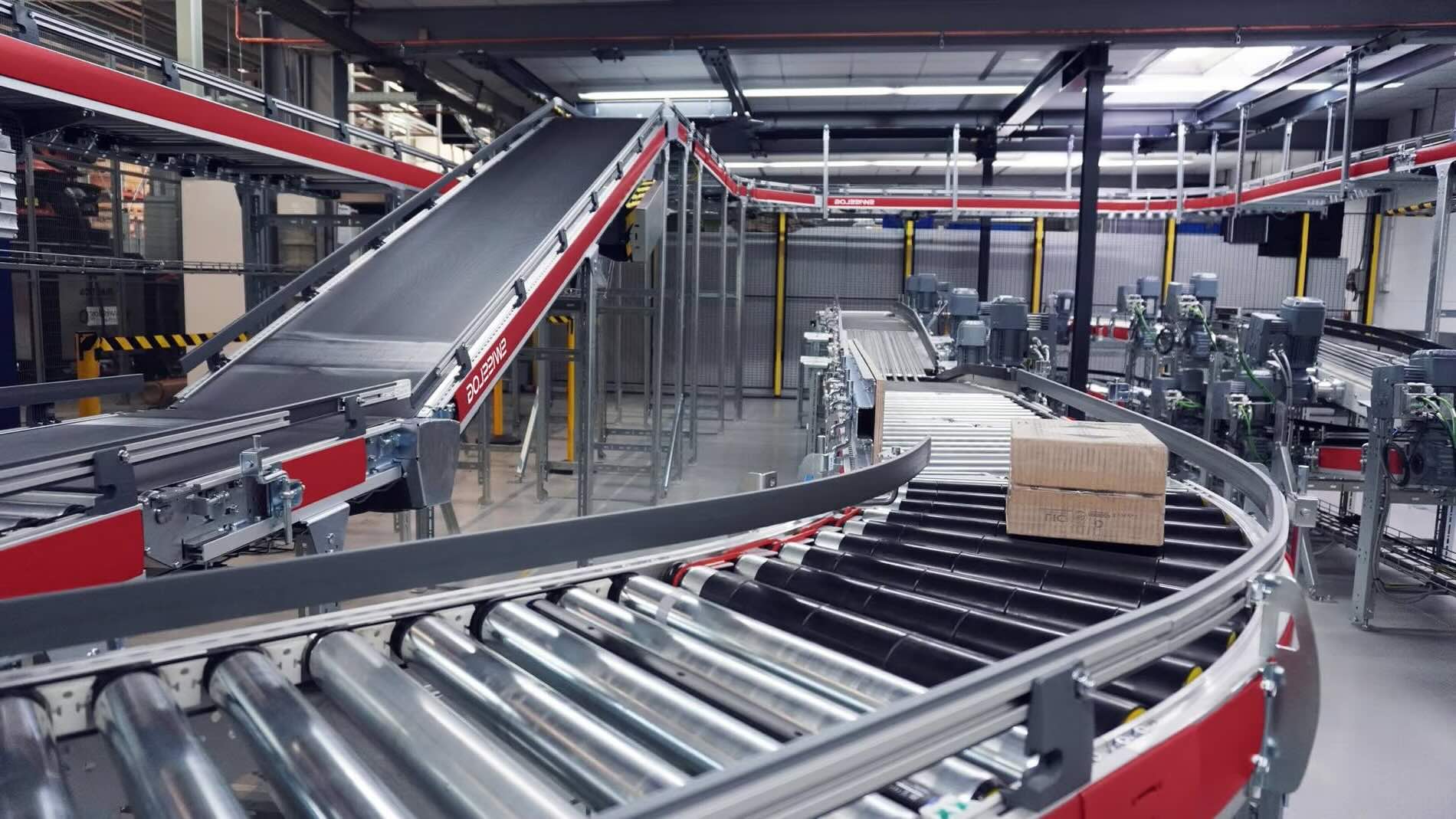
Conveying is a fascinating process that plays a crucial role in various industries, from manufacturing to logistics. But what exactly does it involve? Conveying refers to the movement of materials, goods, or products from one location to another using different types of equipment like belts, rollers, or chains. This process is essential for efficient production lines, reducing manual labor, and speeding up operations. Whether it's moving raw materials in a factory, transporting packages in a warehouse, or even handling food items in a processing plant, conveying systems are the backbone of modern industry. Ready to learn more? Here are 25 intriguing facts about conveying that will give you a deeper understanding of this vital process.
25 Facts about Conveying
Conveying, the process of moving materials from one place to another, plays a crucial role in various industries. From manufacturing to food processing, conveyors streamline operations and improve efficiency. Here are some fascinating facts about conveying systems.
History of Conveying
Conveying has a rich history that dates back centuries. Let's explore some historical facts about these essential systems.
- Ancient Roots: The earliest conveyors were simple, manually operated devices used by ancient civilizations like the Egyptians and Romans to move heavy materials.
- Industrial Revolution: The modern conveyor belt was invented during the Industrial Revolution, revolutionizing manufacturing processes.
- Henry Ford: Henry Ford popularized the use of conveyor belts in automobile production, significantly reducing assembly time.
Types of Conveyors
Conveyors come in various types, each designed for specific applications. Here are some common types of conveyors.
- Belt Conveyors: Belt conveyors use a continuous belt to transport materials. They are widely used in industries like mining and agriculture.
- Roller Conveyors: Roller conveyors consist of a series of rollers that move materials along. They are ideal for handling heavy loads.
- Chain Conveyors: Chain conveyors use chains to move materials. They are commonly used in automotive and heavy machinery industries.
- Screw Conveyors: Screw conveyors use a rotating helical screw to move materials. They are often used in food processing and agriculture.
- Pneumatic Conveyors: Pneumatic conveyors use air pressure to move materials through a pipeline. They are suitable for transporting powders and granules.
Benefits of Conveying Systems
Conveying systems offer numerous benefits that enhance productivity and safety. Here are some key advantages.
- Efficiency: Conveyors improve efficiency by automating material handling, reducing the need for manual labor.
- Safety: Conveyors enhance workplace safety by minimizing the risk of injuries associated with manual lifting and carrying.
- Consistency: Conveyors ensure consistent material flow, reducing the chances of production delays.
- Cost Savings: By reducing labor costs and increasing productivity, conveyors contribute to significant cost savings.
- Versatility: Conveyors can handle a wide range of materials, from bulk goods to delicate items.
Innovations in Conveying Technology
Conveying technology continues to evolve, introducing new innovations that enhance performance and functionality. Here are some recent advancements.
- Smart Conveyors: Smart conveyors use sensors and automation to optimize material flow and reduce downtime.
- Energy Efficiency: Modern conveyors are designed to be energy-efficient, reducing power consumption and environmental impact.
- Modular Design: Modular conveyors offer flexibility, allowing easy reconfiguration to adapt to changing production needs.
- Wireless Control: Wireless control systems enable remote monitoring and control of conveyors, improving operational efficiency.
- Hygienic Design: In industries like food processing, conveyors with hygienic designs prevent contamination and ensure product safety.
Applications of Conveying Systems
Conveying systems are used in various industries for different applications. Here are some common uses.
- Manufacturing: Conveyors are essential in manufacturing for moving raw materials, components, and finished products.
- Food Processing: In food processing, conveyors transport ingredients, products, and packaging materials.
- Mining: Conveyors in mining move bulk materials like coal, ore, and gravel.
- Logistics: In logistics and warehousing, conveyors streamline the movement of packages and goods.
- Agriculture: Conveyors in agriculture handle tasks like transporting grains, seeds, and fertilizers.
Environmental Impact of Conveying
Conveying systems can have both positive and negative environmental impacts. Here are some facts about their environmental footprint.
- Energy Consumption: Conveyors consume energy, but modern designs focus on reducing power usage.
- Emissions: Efficient conveyors can reduce emissions by minimizing the need for fuel-powered equipment.
Final Thoughts on Conveying
Conveying isn't just about moving stuff from one place to another. It's a fascinating world filled with innovation, history, and surprising facts. From ancient methods using animals and simple machines to today's high-tech conveyor belts, the journey of conveying has been remarkable. These systems have revolutionized industries, making processes faster, safer, and more efficient. Understanding the evolution and importance of conveying helps us appreciate the technology that keeps our world moving smoothly. Next time you see a conveyor belt in action, remember the incredible history and ingenuity behind it. Whether in factories, airports, or even grocery stores, conveying systems play a crucial role in our daily lives. So, keep an eye out and marvel at the engineering marvels that make modern life possible.
Was this page helpful?
Our commitment to delivering trustworthy and engaging content is at the heart of what we do. Each fact on our site is contributed by real users like you, bringing a wealth of diverse insights and information. To ensure the highest standards of accuracy and reliability, our dedicated editors meticulously review each submission. This process guarantees that the facts we share are not only fascinating but also credible. Trust in our commitment to quality and authenticity as you explore and learn with us.
